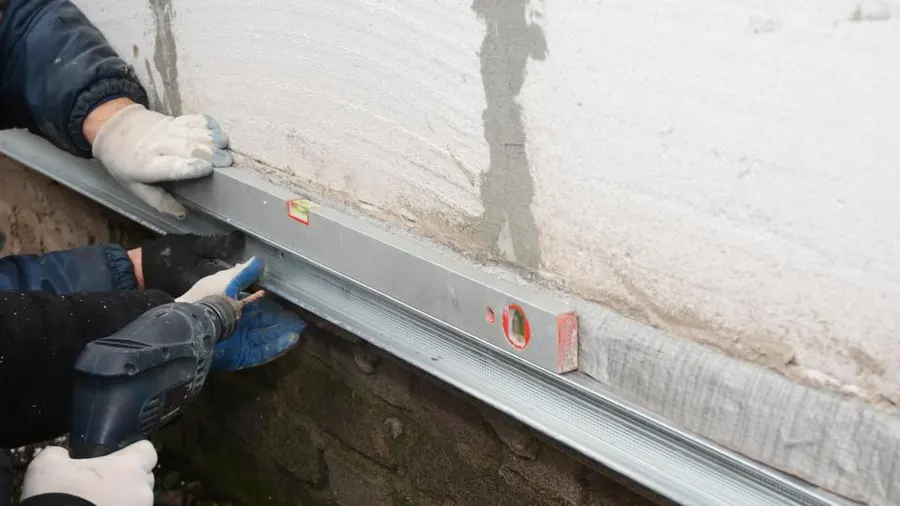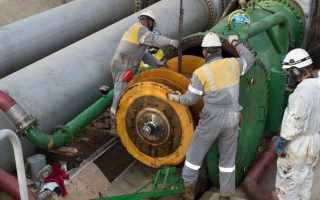A solid foundation serves as the cornerstone of any building, providing stability and structural integrity. However, over time, factors such as soil movement, moisture fluctuations, and inadequate construction practices can lead to foundation issues. Addressing these problems promptly through professional foundation repair is crucial to safeguarding the longevity and safety of a structure. In this comprehensive guide, we’ll explore the importance of foundation repair, common signs of foundation problems, and effective repair methods.
The Significance of Foundation Repair:
Foundation repair plays a pivotal role in maintaining the structural integrity of a building. Neglecting foundation issues can lead to a cascade of problems, including:
- Structural Damage: A compromised foundation can result in structural instability, leading to cracks in walls, uneven floors, and misaligned doors and windows. Left unchecked, these issues can escalate, jeopardizing the safety of occupants and causing costly structural damage.
- Decreased Property Value: Foundation problems are a red flag for potential buyers and can significantly diminish the value of a property. Addressing foundation issues promptly demonstrates responsible property maintenance and preserves the marketability of the building.
- Safety Hazards: Foundation issues pose safety risks to occupants, especially in the event of severe structural damage or collapse. By addressing foundation problems proactively, property owners can mitigate these risks and ensure the safety of residents or occupants.
Common Signs of Foundation Problems:
Recognizing the early warning signs of foundation issues is essential for timely intervention. Some common indicators include:
- Cracks in Walls or Floors: Horizontal or stair-step cracks in interior and exterior walls, as well as cracks in the flooring, can signal foundation movement or settlement.
- Uneven Floors: Floors that slope or feel uneven to the touch may indicate foundation settlement or structural shifting.
- Misaligned Doors and Windows: Difficulty opening and closing doors or windows, as well as visible gaps or misalignment between frames and walls, can be indicative of foundation movement.
- Bulging or Bowing Walls: Walls that appear to bulge or bow inward may be experiencing pressure from foundation movement or soil expansion.
- Foundation Settlement: Visible sinking or settling of the foundation, often accompanied by gaps between the foundation and the surrounding soil, warrants immediate attention.
Effective Foundation Repair Methods:
Once foundation issues are identified, prompt action is necessary to prevent further damage and restore structural stability. Several effective foundation repair methods are available, including:
- Underpinning: Underpinning involves strengthening and stabilizing the foundation by extending its depth or providing additional support beneath existing footings. This method is commonly used to address foundation settlement caused by soil movement or inadequate support.
- Concrete Piering: Concrete piering involves driving steel or concrete pilings into the ground beneath the foundation to provide support and lift settled areas. This method is effective for stabilizing foundations affected by soil compaction or settlement.
- Grout Injection: Grout injection is a technique used to fill voids or lift settled areas beneath the foundation by injecting a specialized grout mixture into the soil. This method can help restore uniform support and stabilize the foundation.
- Slabjacking: Slabjacking, also known as mudjacking, involves injecting a slurry mixture beneath sunken concrete slabs to raise them to their original position. This method is suitable for addressing uneven concrete surfaces caused by soil settlement or erosion.
- Drainage Correction: Addressing poor drainage around the foundation is essential for preventing moisture-related foundation problems. Installing proper drainage systems, such as French drains or surface swales, can help redirect water away from the foundation and mitigate soil moisture fluctuations.
Foundation repair is a critical aspect of property maintenance, ensuring the stability, safety, and value of a building. By recognizing the signs of foundation problems and implementing appropriate repair methods, property owners can protect their investments and safeguard the integrity of their structures for years to come. Remember, proactive intervention is key to addressing foundation issues effectively and preventing costly damage down the line.









